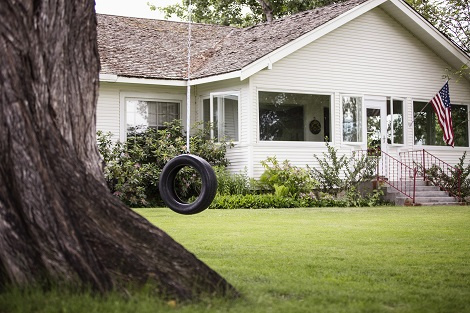The National Association of REALTORS® has asked the Trump administration to jump-start the Rural Housing Loan Program, which has been unable to process mortgage applications since the partial federal government shutdown began nearly a month ago.
After learning that the U.S. Department of Agriculture, which operates the loan program through the Rural Housing Service, had decided to temporarily recall employees of the Farm Service Agency to provide certain services to farmers and ranchers, NAR yesterday requested that federal officials also assign staff to process stalled loan applications while the shutdown continues.
“What we’re trying to do is piggyback on a policy that the USDA is implementing to get farm loans processed within a short time frame,” says Megan Booth, NAR director of housing policy. “We’re asking them to supplement that by adding a home loan specialist to review Rural Housing Service loans that are already in the pipeline. Longer term, we’re asking them to keep some staff on board reviewing home loans during the shutdown.”
The Rural Housing Loan Program helps people in rural areas who have limited incomes and been unable to qualify for traditional mortgages to borrow money. The program guarantees that private-sector lenders who participate in the program will be repaid if borrowers default, providing an incentive to mortgage providers to make loans to people in rural areas who might otherwise not be able to purchase homes. In some rural markets, RHS-backed loans are the only affordable mortgage loans available to borrowers.
Unlike the mortgage programs run by the Federal Housing Administration and the Department of Veterans Affairs, which permit private-sector lenders to sign off on mortgage applications, the Rural Housing Loan Program does not allow lenders to close loans without approval from Rural Housing Service staff. Congress has authorized the Department of Agriculture to delegate that responsibility to lenders, but the agency has not yet done so.
REALTOR® Magazine writers Sam Silverstein and Robert Freedman contributed to this article.













